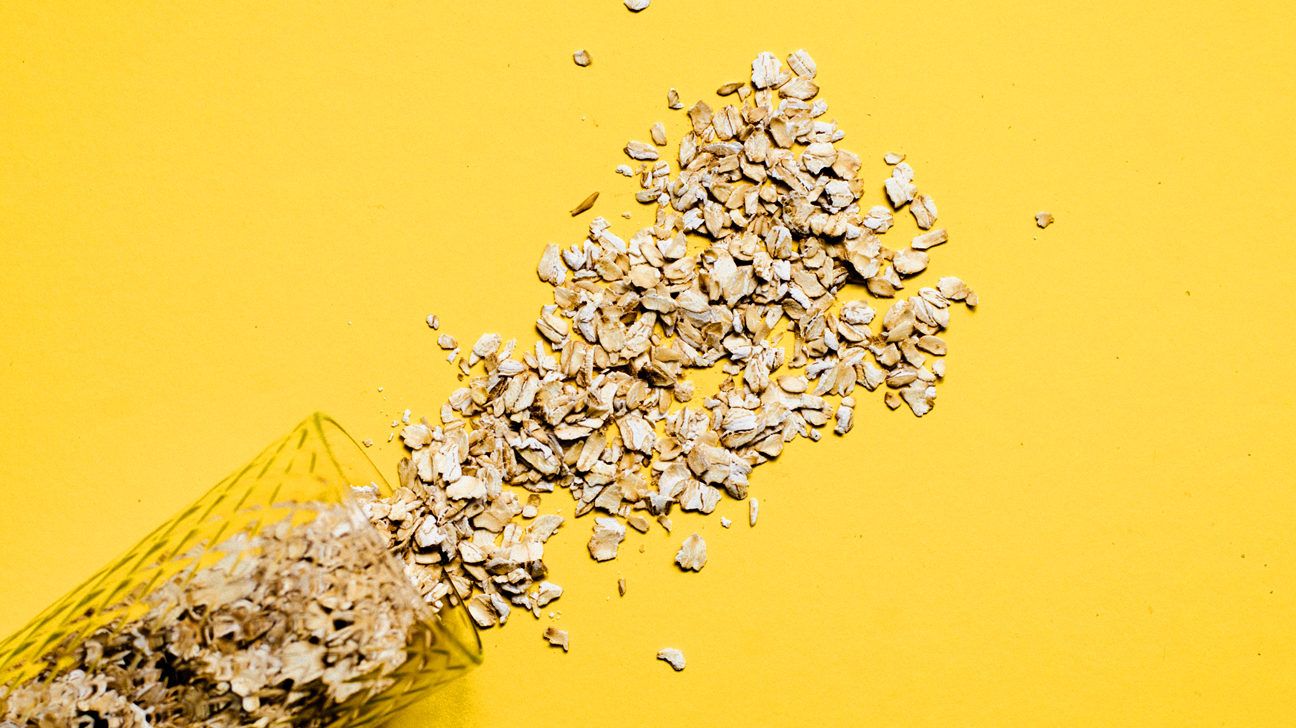Oatmeal (and oats, in general, no matter how you whip them up) is a great food option for any part of the day. Low in calories and fat, high in fiber, antioxidants, and vitamins — it’s also versatile and inexpensive.
It’s great for keeping you full, managing weight, lowering cholesterol, and stabilizing blood sugar. Because of the beta glucans in oats, they also offer gut health benefits.
For these reasons among others, oatmeal has earned its place as one of America’s favorite breakfast foods. It even has a national day (mark your calendars for October 29th).
But just how strong is this pantry staple when it comes to shelf life?
Does oatmeal expire?
Even though oats are a dry ingredient, they can definitely still go bad. While dry foods aren’t necessarily susceptible to mold growth, storage and outside factors can change that. If oats are exposed to moisture, the growth of mold can occur.
Here’s the 411 on how long you can continue to eat oats before tossing them.
First thing’s first: Check the expiration date. This date is a good gauge to follow, but other factors can quicken expiration (like storage environment).
If there’s no visible expiration date and you’re on the fence about your oats, check for mold. If you see mold anywhere, toss the whole batch right away. If you don’t see it, check for any of the other following signs of expiration:
Color and texture. Oxidation and moisture can cause oats to turn stale and change their flavor, color, texture, scent, and overall freshness. Oats should be a light brown or cream color and not have any discoloration — whether that’s dark or light spots. This can be caused by pests or mold growth.
Smell. Oats should have a nutty, slightly sweet aroma, not sour or bitter. Any unpleasant smells are a sign that oatmeal has gone bad or turned rancid.
Unlike dairy or meat, dried foods typically won’t make you sick if eaten past their expiration date. This is because dried foods have a low presence of water and moisture, inhibiting food poisoning microorganisms and spoilage.
However, that doesn’t mean eating oatmeal with traces of mold won’t make you sick. Improper storage or exposing your oats to excess moisture can cause unwelcome mold growth.
Even if eating expired oats that look fine won’t necessarily cause you harm, the quality and flavor of oats decline over time. If they taste funky, smell funny, or look strangely clumpy, it’s probably best to part ways.
The shelf life of oats depends on three main factors:
- type of oats
- storage area
- storage container
Here are the main types of oats and how long they last:
| Type of oats | Lasts for… |
| instant oatmeal | 1–2 years |
| flavored oatmeal | 6–9 months |
| steel cut oats | 2 years |
| rolled oats | 1–2 years |
| prepared oatmeal | 3–5 days |
Depending on the type, oatmeal can last from 6 months to 3 years with proper storage. Oatmeal that’s flavored with fruit or dry cream lasts 6 months on average and instant oatmeal lasts about a year.
Similar to other dried foods like pasta, steel cut and rolled oats last for 1 to 2 years. And prepared oatmeal lasts for about 3 to 5 days in the fridge.
Oats should be stored in cool, dry environments with steady temperatures. Moisture or temperature changes that cause condensation will promote the growth of mold.
Oats should also be stored in airtight containers to minimize exposure to oxygen. Glass, stainless steel, or ceramic work best.
A dry and dark pantry or cupboard is always a safe bet.
If your oatmeal is expired but free from mold, you can repurpose it instead of throwing it away. Oatmeal is great for the skin, especially dry or irritated skin. You can use oats past their prime to make scrubs, face masks, or a dry scalp treatment.
Itchy AF? Take a super soothing oatmeal bath to comfort winter skin — we have three amazing recipes here.
Have a pet? Oatmeal also makes a great natural deodorizer and soothes skin issues in dogs.
While dried oats will typically last for up to 2 years, instant and flavored oatmeals have a shorter life span (6 months to 2 years).
Time can affect the quality and taste of oats, but factors such as moisture, oxygen, and light can speed up their decline. Improper storage can also encourage mold growth, so be sure to keep oats in airtight containers and store them in a dry, cool place.
Now that you know how to extend their shelf life, say goodbye to boring oats forever with these amazing oatmeal recipes.


